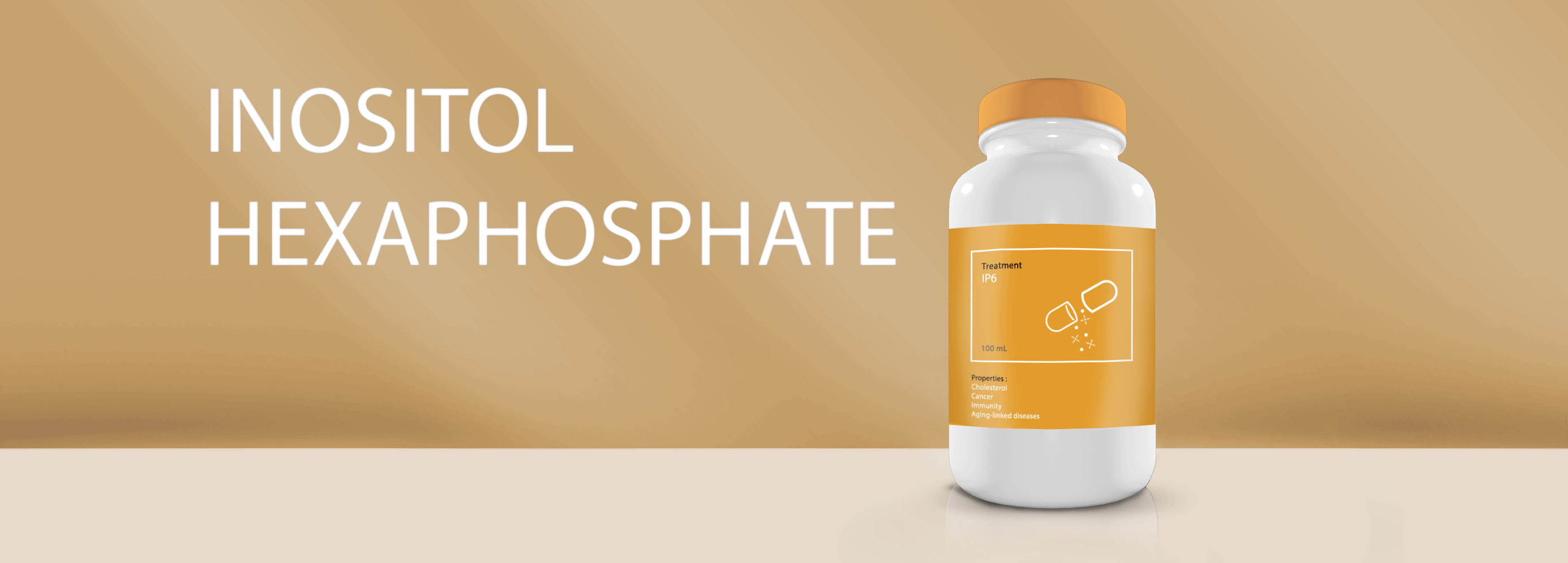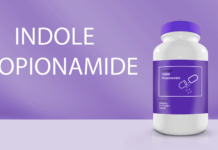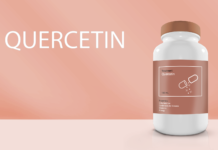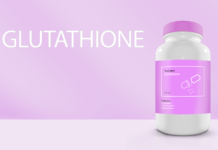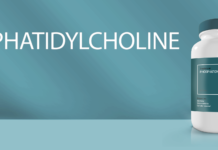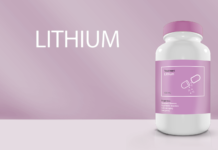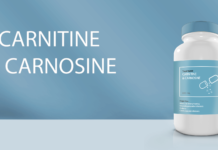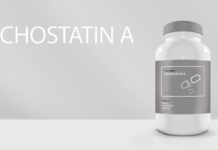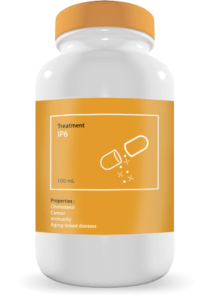
Fact sheet
IP6 : a powerful vitamine B derivative
Inositol hexaphosphate (IP6) is a natural compound found in many plants, vegetables and food with high fiber content, such as cereals. We can also find it in our cells and those of all mammals, whereit plays a central role in inter and intra-cellular signal transduction, cell proliferation and differenciation [1].
Its anti-oxidant properties have long been well-known[2], and IP6 has recently been subjected to many studies regarding its preventative role for cancer and its part in reducing the size of tumors and existing cancerous spreads [3]. On top of those major functions, it also helps our immune system, lowers cholesterol levels and maintains proper kidney function.
IP6 : the future of anti-aging
IP6 is a molecule that is quickly absorbed, despite what its chemical structure might suggest. The charges and hindrance of the six phosphate groups of the molecule (called, after all, “hexophosphate”) could have been an issue for IP6 oral supplementation. It is actually absorbed than dephosphorylated into inositol derivatices with a lower rate in phosphates, such as inositol triphosphate (IP3), a major actor of lipidic cell signaling.
An anti-cancer effect
On top of reducing cell proliferation, IP6 helps lower the differenciation of malignant cells. Cancer is tied to cells that not only divide very quickly but also lose some of the signals that guarantee the physiological future of a cell : colon cells, for instance, will become less and less differenciated throughout their divisions and their phenotype will be further and further from their function. This is how normal cells lose their initial function and become tumor cells. IP6 supplementation has been shown to lower the occurrence of this degradation and to redirect tumor cells towards a closer phenotype to that of the organ in which the cell first developed [3]. An immune system boost was also observed during IP6 supplementation, which, combined with its anti-oxidant effects, helps foster a toxic environment for cancer cells and takes part in their destruction [4]. The combination of inositol (IP6 precursor) and IP6 has shown promising effects in animals when fighting against cancer [4]. A pilot study in late stage colon cancer showed efficient reduction of the side effects due to chemotherapy, along with a shrinkage of tumors and cancerous spreads [5].
A recent study has highlighted an effect of IP6 on p53 and p21, two major proteins in the cell cycle : IP6 inhibits p21, which stops the p53-dependent cell cycle and allows to eliminate tumor cells and to activate apoptosis for the deficient cells [6]. There are probably other mechanisms that can explain the anti-cancer effects of IP6, but they are less known and still in the process of being studied.
An effect on age-related diseases
IP6 has various effects on human longevity
- It favours a lower rate of kidney stone formation by reducing the hypercalcemia that causes them [7]. On top of metabolizing calcium, it also regulates the metabolism of zinc and iron.
- It has an hyper-cholesterol inducing effect that can be a major help to treat metabolic diseases suc as diabetes or hyper-lipidemia, as well as cardio-vascular diseases [8].
- It inhibits plaque aggregation [9] and has a protective effect over the heart after heart attacks (related to ischemia-perfusion issues) [10], two central processes in managing cardio-vascular diseases.
- It affects vision, especially age-related macular degenerescence (AMD), which saw great improvements in a pilot study [11].
- It has a probable effect on neuro-degenerative diseases [12].
A pro-immunity action
IP6 is well-known for its action on the immune system. It activates NK cells (natural killer cells), a sub-group of lymphocytes that constitutes our first defense response when faced with unknown diseases in our body [13]. This characteristic makes it a powerful anti-cancer, as well as a general booster for the immune system.
As a whole, IP6 is a very promising molecule that demands more clinical tests in order to fully elucidate its role and action mechanisms in anti-aging.
- Number of publications : about 50
- Availability : precursor (inositol) and IP6 sold over the counter
- Route : oral
- Dosage : it depends on the goal and the molecule. Precursor: preventative use from 1 000mg to 2 000mg a day. When IP6 and inositol are combined, the dosage varies from 500mg to 3 000mg a day (preventative use). As a treatment, the dosage must be determined by your doctor.
Few documented side effects. Anemia can occur, especially in women between 15-55. Due to its anti-aggregation properties, IP6 supplementation can act as a blood thinner and cause longer bleeding times.
IP6 was classified as a GRAS supplement (Generally Recognized As Safe).
[1] Larsson, O., Barker, C. J., Sjöholm, Å., Carlqvist, H., Mitchell, R. H., Bertorello, A., Nilsson, T., Honkanen, R. E., Mayr, G. W., Zwiller, J. & Berggren, P.-O. Inhibition of phosphatases and increased Ca2+ channel activity by inositol hexakisphosphate. Science, 1997, 278:471–474
[2] Graf E., Eaton J.W., Antioxydant functions of phytic acid. Free Radi. Biol. Med. 1990, 8:61-69
[3] Vucenik I, Shamsuddin AM. Protection against cancer by dietary IP6 and inositol. Nutr Cancer. 2006;55(2):109-25
[4] Vucenik I, Shamsuddin AM. Cancer inhibition by inositol hexaphosphate (IP6) and inositol: from laboratory to clinic. J Nutr. 2003 Nov;133(11 Suppl 1):3778S-3784S
[5] Druzijanic, N., Juricic, J., Perko, Z. & Kraljevic, D. IP-6 & inositol: adjuvant to chemotherapy of colon cancer. A pilot clinical trial. Rev. Oncologia, 2002, 4: 171
[6] Singh J, Gupta KP Inositol hexaphosphate induces apoptosis by coordinative modulation of P53, Bcl-2 and sequential activation of caspases in 7,12 dimethylbenz[a]anthracene exposed mouse epidermis. J Environ Pathol Toxicol Oncol. 2008;27(3):209-17
[7] Henneman, P. H., Benedict, P. H., Forbes, A. P. & Dudley, H. R. Idiopathic hypercalciuria. N. Engl. J. Med. 1958, 17: 802–807
[8] Jariwalla, R. J., Sabin, R., Lawson, S. & Herman, Z. S. Lowering of serum cholesterol and triglycerides and modulations by dietary phytate. J. Appl. Nutr. 1990, 42: 18–28
[9] Vucenik, I., Podczasy, J. J. & Shamsuddin, A. M. Antiplatelet activity of inositol hexaposphate (IP6). Anticancer Res. 1999, 19: 3689–3693
[10] Rao, P. S., Liu, X. K., Das, D. K., Weinstein, G. S. & Tyras, D. H. Protection of ischemic heart from reperfusion injury by myo-inositol hexaphosphate, a natural antioxidant. Ann. Thorac. Surg.1991, 52: 908–912
[11] Richer S, Patel S, Sockanathan S, Ulanski LJ, Miller L, Podella C. Resveratrol Based Oral Nutritional Supplement Produces Long-Term Beneficial Effects on Structure and Visual Function in Human Patients. Nutrients. 2014;6(10):4404-4420
[12] Xu Q, Kanthasamy AG, Reddy MB. Neuroprotective effect of the natural iron chelator, phytic acid in a cell culture model of Parkinson’s disease. Toxicology. 2008 Mar 12;245(1-2):101-8
[13] Zhang Z, Song Y, Wang X-L. Inositol hexaphosphate-induced enhancement of natural killer cell activity correlates with suppression of colon carcinogenesis in rats. World Journal of Gastroenterology : WJG. 2005;11(32):5044-5046
Dr. Marion Tible

Author/Reviewer
Auteure/Relectrice
Marion Tible has a PhD in cellular biology and physiopathology. Formerly a researcher in thematics varying from cardiology to neurodegenerative diseases, she is now part of Long Long Life team and is involved in scientific writing and anti-aging research.
More about the Long Long Life team
Marion Tible est docteur en biologie cellulaire et physiopathologie. Ancienne chercheuse dans des thématiques oscillant de la cardiologie aux maladies neurodégénératives, elle est aujourd’hui impliquée au sein de Long Long Life pour la rédaction scientifique et la recherche contre le vieillissement.
En savoir plus sur l’équipe de Long Long Life


